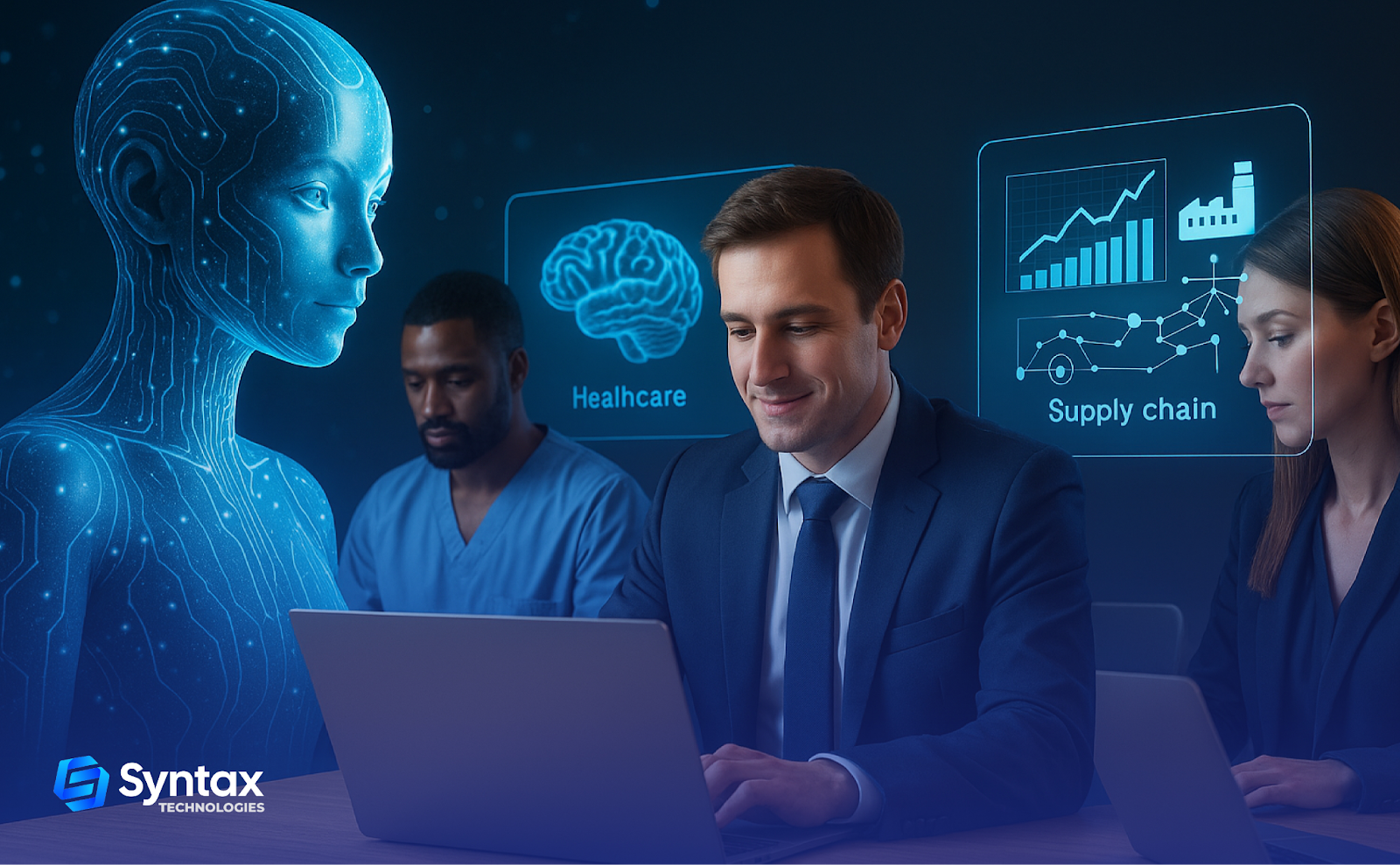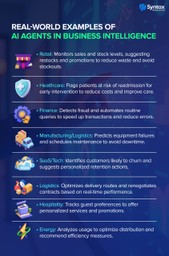Business Intelligence (BI) is going through a major shift. Instead of relying on static dashboards and waiting for reports, companies are now using Generative AI (GenAI) and agentic workflows to get answers instantly and even automate actions.
In simple terms, GenAI makes data easier to understand through natural conversations, while agentic workflows let AI not just analyze information but also take the next step. Together, they are turning BI into a faster, smarter, and more accessible tool for decision-making.

What is GenAI and Agentic Workflows?
Generative AI (GenAI) is a type of artificial intelligence that can create content—like text, images, or even code—based on prompts. In BI, this means turning raw data into clear explanations, summaries, or visualizations without needing complex queries.
Agentic workflows go one step further. Instead of just showing insights, they allow AI to take actions on its own within set rules—like flagging unusual spending, sending alerts, or even starting follow-up tasks automatically.
Together, GenAI and agentic workflows make BI not just about seeing data, but about understanding it and acting on it quickly.
How GenAI and Agentic Workflows Are Changing BI in Practice
1. From Dashboards to Conversations with Data
Earlier, BI mostly meant static dashboards, and anyone who wanted answers had to know SQL or wait for an analyst to build reports. With GenAI, that’s changing. Tools like Microsoft Copilot, Tableau GPT, and ThoughtSpot Sage let users just type a question—like “Why did sales drop in the North last quarter?”—and get an explanation, often with a chart.
This makes data much easier for everyone to use. Instead of relying on specialists; managers and teams can ask questions in plain English. In fact, Gartner expects that by 2026, over 70% of employees will interact with data this way, compared to only about 25% today.
2. Agentic Workflows: Beyond Insights, Towards Action
GenAI isn’t just generating insights—it’s starting to take action. Think of “AI agents” embedded in BI tools. For example:
- Instead of just showing that customer churn is rising, an AI agent could trigger a workflow that identifies at-risk accounts and drafts retention emails.
- Finance teams could set up agents that monitor anomalies in expenses and automatically notify stakeholders.
- Marketing could have an agent that sees ad performance, pauses the campaign, and reallocates budget—all without waiting for a weekly review.
3. Making Advanced Analytics Accessible to Everyone
In the past, things like predictive modeling were handled mostly by data scientists. Now, GenAI can write basic code, create forecasts, and even suggest ways to improve data analysis. BI tools are adding these features so that even non-technical users can run predictions or build forecasts without coding.
According to McKinsey, companies using AI-driven decision-making saw sales go up by 20% and the time taken to make decisions cut in half.
4. The Risks and Reality Check
GenAI isn’t perfect. Sometimes it gives wrong answers, and agentic workflows can make mistakes if left unchecked. For example, you wouldn’t want an AI tool moving around huge ad budgets without someone reviewing it first. That’s why most companies keep a “human-in-the-loop” — the AI suggests or starts something, but a person makes the final call.
There’s also the issue of data safety. If AI tools are working with sensitive financial or customer information, strong rules and controls are a must.
5. What This Means for BI Professionals
For analysts and BI professionals, this doesn’t mean their role is disappearing. It means their value shifts from building static dashboards to:
- Designing smart prompts and validating AI outputs.
- Setting up agent workflows and ensuring they align with business goals.
- Focusing on higher-level strategy rather than just producing weekly reports.
In other words, less repetitive work and more impact.
Conclusion
GenAI and agentic workflows are pushing Business Intelligence into a new era. Instead of just showing what happened in the past, BI is becoming more conversational, predictive, and action-oriented. GenAI makes data easy to understand, while agentic workflows help turn insights into quick actions.
Risks like errors, privacy, and over-automation mean human oversight is still essential. But overall, these technologies are making BI faster, smarter, and more useful for everyone in an organization.


